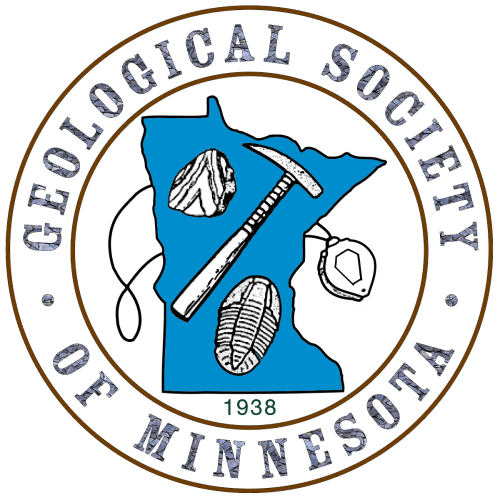Road Marker Information
Enter Road Address in your cars GPS:
Shingle Creek Regional Trl, Brooklyn Center, MN 55430
OR
Enter Geographical Coordinates in your cars GPS:
Degrees Lat Long: 45.080567, -93.318617
Latitude: 45°04’50.0″N
Latitude: 93°19’07.0″W
Country: Hennepin County
Where Found:
Located off I-94 in Palmer Lake Park in Brooklyn Center
Marker Number:33
Marker Composition:
Text on Marker:
GEOLOGY OF PALMER LAKE
About 20,000 years ago, a glacier from the Ontario region passed through the Lake Superior basin and reached the Twin Cities area. As the glacial ice melted, it deposited the St. Croix moraine at its margin. A moraine is a deposit of sediment (clay, silt, sand, gravel, and boulders) left by a melting glacier. The St. Croix moraine forms a belt of hills that crosses the Twin Cities and extends northwest to St. Cloud. As the moraine was deposited, it buried some blocks of stagnant glacial ice that were left stranded in an ancient valley.
Palmer Lake lies within the southern part of the Anoka sand plain, a vast area of sand stretching from St. Cloud to the St. Croix River valley. Much of the sand was deposited about 12,000 years ago in Glacial Lake Anoka. Fed by meltwater from glacial ice in northwestern Minnesota, the lake formed on the northern side of the St. Croix moraine. The hidden ice blocks buried earlier in the moraine eventually melted to create a gap through which Glacial Lake Anoka drained, abandoning its former outlet to the east through the St. Croix River valley. With this gap, the general course of the Mississippi River was established between the sites of north Minneapolis and Hastings.
Ice blocks were also left stranded in other valleys, where they became buried below the Anoka sand plain. Like most other lakes in the Twin Cities area, Palmer Lake formed in a depression created by the melting of buried ice. Palmer Lake is shallow because the hole left by the melting ice was probably filled in as it formed, first by sediment deposited in Glacial Lake Anoka, and then after the lake drained, by sediment from the Mississippi River.
The Mississippi meandered widely, as far west as the Osseo area, across the flat surface of the former bottom of Glacial Lake Anoka. The shifting river formed two distinct terrace levels before becoming entrenched in its present narrow floodplain. Palmer Lake lies within the lower terrace. The upper terrace forms the slightly higher ground on the west side of the lake.
Erected by the Geological Society of Minnesota in partnership with the Minnesota Department of Transportation, the Minnesota Geological Survey, and the City of Brooklyn Center. 2003
Region: Metro Region
Date Updated: 20160727
Information Needed:
- Verify Existance
Condition of Marker:
Do it Yourself Region: Metro Area
Verification: Not installed yet
